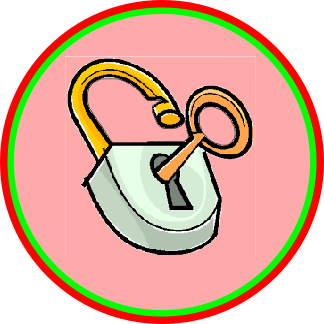Imagine a renowned artist passing away in between one of their original compositions, sketches or performances. What happens then? Can we do something to collect back their thoughts and avoid them from getting lost forever? Can ART and Artificial Intelligence come together to perform a miracle?
Fans of the artist are disappointed that the maestro could complete and present his work to the world. They are left high and dry with expectations on how the final piece would have turned out.
Artificial Intelligence has come up with a masterful solution for this problem. Last month, AI completed a half-finished symphony of Ludwig Van Beethoven, arguably one of the finest composers in Western music, close to 200 years after his death.
Born in Germany in 1770, Beethoven is admired for his remarkable compositions in Western Music that include 9 symphonies, concertos, string quartets, an opera and piano sonatas.

His 9 symphonies have received a lot of limelight and have today become mobile ringtones and caller tunes in popular culture, most often with people unaware that they are fans of a famous music composer.
It was long been suspected that Beethoven had begun composing his 10th symphony when he ended up getting bedridden due to illness before passing away in 1827. His notes show some initial work that provides clues of what he might have had in his mind.
For a lot of Beethoven fans, the 10th Symphony was alas! , a mystery. That is till now! Using the miracle we call Artificial Intelligence, a group of researchers and composers teamed up in Germany to try and write a piece of software code that would
- learn all about Beethoven’s work – deep learning
- identify key patterns of his style of composition
- recreate music that reflects Beethoven’s signature style
- attempt finishing the 10th symphony
Art and Artificial Intelligence have come together to create something unique – something unheard of and something impossible until now – recreate the magic of Beethoven again.
The piece of software code took about 2 years to perfect and when it was finally assigned the work of trying to infuse life to what might possibly have been in Beethoven’s creative mind, it did quite a remarkable job.
Here below is a small clipping of Beethoven’s famous Symphony No 5
Here below is the 10th symphony created by the AI software trained to mimic Beethoven’s artistic thought process.
Could you have identified this piece as a machine composed symphony, in case I had presented it to you prior to introducing this article? What are your thoughts? Can Art and Artificial Intelligence be fused together in other ways? How close are our machines to closing the gap between human creativity and artificial creativity? Let me know in the comments.
Additional Reading
AI and Music – What does the future hold?

